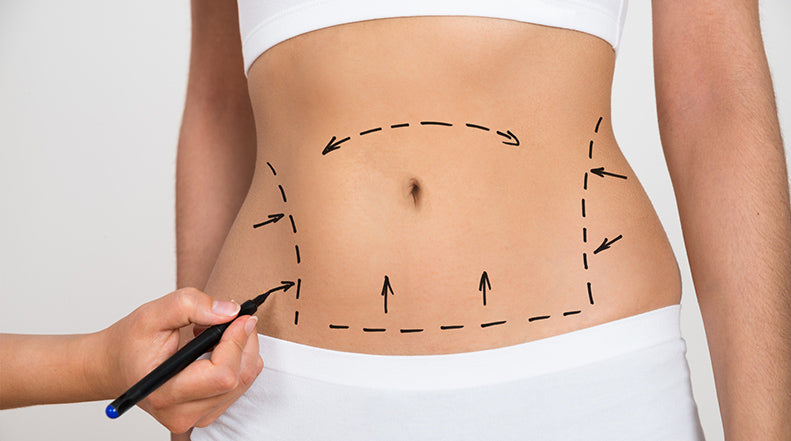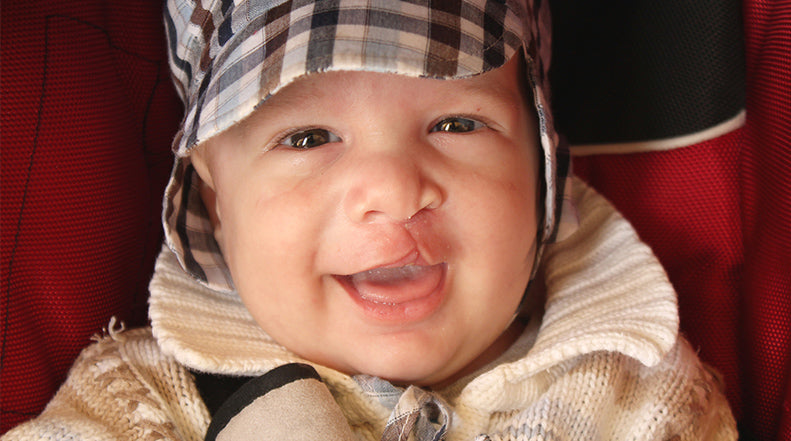What You Need to Know Before Getting Liposuction

Many of us dream of getting rid of the bulges on our bellies, saddle bags and upper arms. Liposuction is one of the fastest growing cosmetic treatments, and the number one plastic surgery procedure in the US and the UK, with more than 300,000 people per year in the US undergoing the procedure. The popularity of celebrities such as J Lo and Kim Kardashian has cause many women to seek liposuction and a BBL (Brazilian Butt Lift), using the fat removed during liposuction for injection into the rear and hips.
It sounds awesome once it’s all done, but what happens during the procedure and, more importantly what is the recovery process like? We did some investigating so we can share with you.
WHAT IS LIPOSUCTION?
Liposuction, also referred to as lipoplasty, liposculpture, or even just “lipo” is a type of cosmetic surgery that is the process of suctioning fat from different areas of the human body. The most common sites for liposuction are the abdomen, thighs, buttocks, neck, chin, upper arms, calves and back.
A cannula is the instrument used to remove the fat from the targeted area. This medical device is a narrow, hollow tube that allows the fat to be collected outside of your body. In essence, this is a high powered vacuum that is inserted underneath the skin and used to loosen and then “suck” the fat out.
FACTS AND RISKS OF THE LIPOSUCTION PROCEDURE
The operation may be completed under either general or local anesthetic. The doctor will decide what is best in each individual’s situation. Local anesthesia can be administered in such a way that the patient does not feel anything but a bit of pressure during the surgery.
It is also important to understand that liposuction is not a weight-loss tool, it is purely cosmetic. Patients who undergo liposuction surgery generally have a stable body weight. They undergo the procedure to remove small amounts of undesirable fat on specific parts of the body. Therefore, this procedure is never used to treat obesity. The procedure also does not remove cellulite, dimples or stretch marks in any area of the body.
While this procedure does permanently remove fat cells, altering the shape of the body, it is the patient’s responsibility to lead a healthy lifestyle following the procedure. The risk of not being conscientious after the surgery is that the remaining fat cells at the site can become much larger. Doctors and plastic surgeons want people to understand that liposuction modifies a patient’s appearance but does not provide any health benefits. There is a limit to the amount of fat that can be safely removed so make sure your expectations are realistic!
What is the recovery like?
After a liposuction procedure is completed, patients who received general anesthetic may spend a night in the hospital, surgical center or recovery house/hotel. Often, the patient will receive antibiotics to reduce the risk of infection following the completion of the procedure as well as pain management medications if needed. The patient will be fitted with elastic support bandages which are extremely important to manage swelling during the healing process. Expect to wear compression garments for at least several months after surgery to help bind everything back together internally.
Be aware--there will be significant bruising at the surgical site. This is totally normal and should not be scary, although it can be alarming as the bruising is severe at times. Many physicians recommend certain herbal vitamin supplements or topicals that may help accelerate the fading of the bruising. BruiseMD Oral Supplement and Topical Gel contain all the necessary ingredients your body needs to prevent and heal post procedural bruising. Only use products that are approved by your physician so you do not do more harm than good. Some vitamins and over-the-counter drugs can increase risk of bleeding which can be dangerous.
What about the risk of scars after liposuction?
A small incision is made in every location the doctor inserts the cannula. The incisions will be stitched following the surgery and the patient will have to return to have those stitches removed. Many patients report fluid leaking from the incisions post-op so be prepared with dressings or absorbent pads as directed by your physician. A more recent trend is to leave the tiny incisions open and have the patient receive lymphatic drainage massage in the days after the procedure to facilitate the removal of fluids from the area and reduce swelling.
The good news is that scars resulting from liposuction are generally minimal--less than 1 inch long. If you are concerned about their appearance or have a history of poor scarring it is important to begin scar treatment within the first couple of weeks following your procedure. Silicone gels and strips are the number one recommended treatments to help prevent and treat scars after surgery. Doctors from New York City to Beverly Hills and everywhere in between routinely instruct every patient to use silicone products on all post-op incision sites.
Silicone sheets and gels from NewGel+ help fade, flatten and soften scars and are proven to work. If the scar following the procedure is something that you are worried about, having the scar remedies prepared before heading into surgery is a good idea. NewGel+ offers a wide variety of silicone sheets, strips, shapes and gel so that every scar can be cared for properly.
Speak with your doctor about when the best time would be to start treating your scar for optimal healing and when it is safe for you to begin using silicone sheets or gels.
Related Articles:




Comments